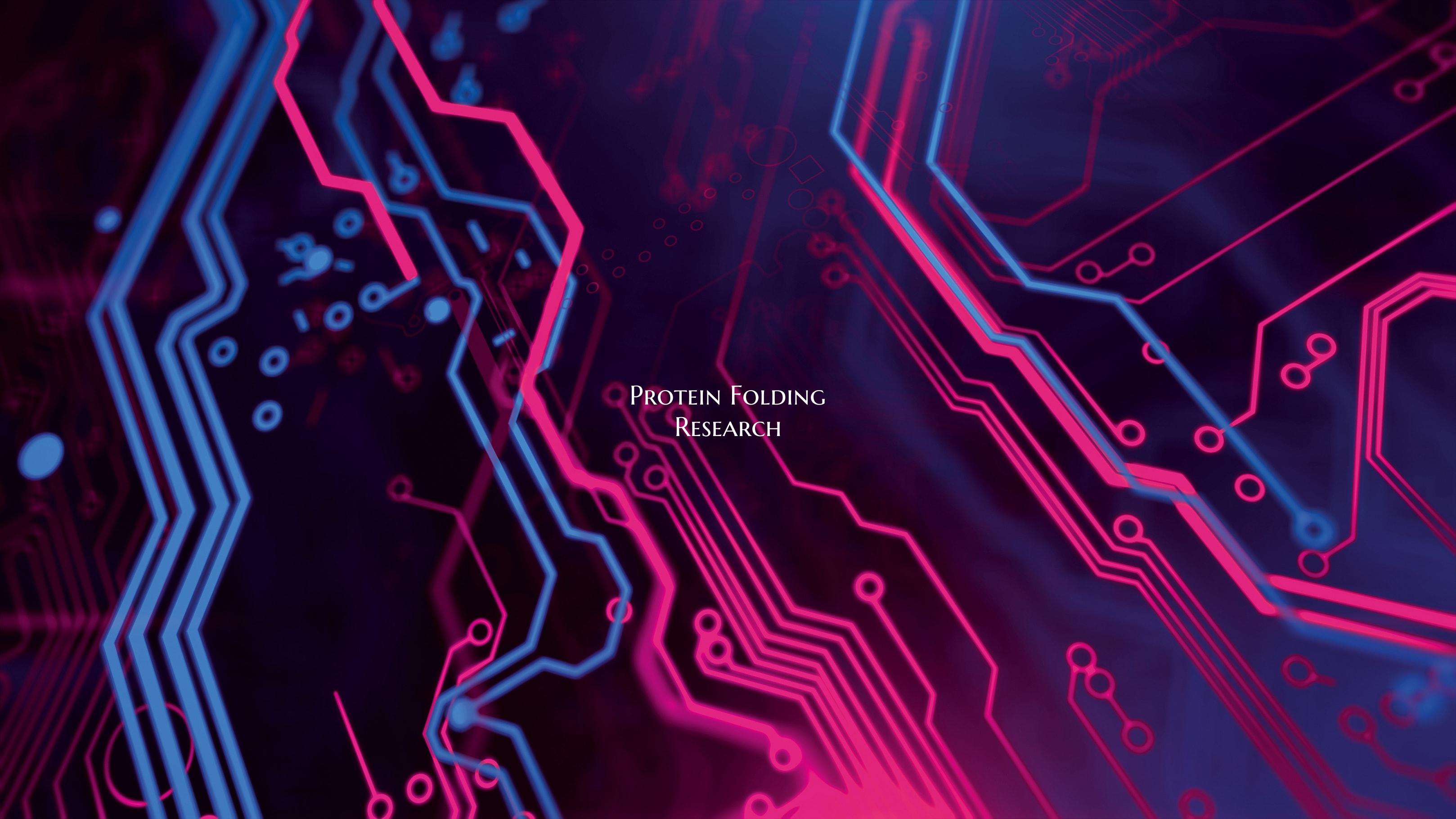Protein Folding Research
Proteins are the workhorses of life, carrying out vital functions in every cell of our bodies. But how do these complex molecules achieve their unique structures, essential for their function? The process of protein folding, where a linear chain of amino acids transforms into a three-dimensional shape, is a fundamental aspect of biological research that continues to captivate scientists around the world.
Protein folding is a highly choreographed dance, guided by the interactions between different parts of the protein chain. Despite the linear nature of amino acid sequences, proteins can fold into intricate, functional structures within milliseconds. This remarkable speed and accuracy in folding are crucial for proteins to perform their diverse roles, from catalyzing chemical reactions to providing structural support.
One of the key challenges in protein folding research is deciphering the complex folding pathways that proteins follow. Researchers employ a variety of experimental and computational techniques, such as nuclear magnetic resonance (NMR) spectroscopy, X-ray crystallography, and molecular dynamics simulations, to unravel the mysteries of protein folding. By studying the dynamics of protein folding at a molecular level, scientists gain insights into how proteins achieve their final shapes and how misfolding can lead to diseases such as Alzheimer's and Parkinson's.
Recent advances in protein folding research have revealed the role of chaperone proteins, which assist in the correct folding of other proteins, as well as the impact of cellular conditions such as temperature and pH on protein folding dynamics. These findings not only deepen our understanding of the fundamental principles governing protein folding but also pave the way for the development of novel therapeutics targeting protein misfolding diseases.
In the quest to uncover the secrets of protein folding, researchers are harnessing the power of artificial intelligence and machine learning algorithms to predict protein structures more accurately and efficiently. By combining experimental data with computational models, scientists are pushing the boundaries of our understanding of protein folding and opening up new possibilities for drug discovery and personalized medicine.
As we delve deeper into the intricate world of protein folding, each discovery brings us closer to unraveling the mysteries of life itself. Through interdisciplinary collaboration and cutting-edge technologies, the field of protein folding research continues to push the boundaries of scientific knowledge and inspire new avenues of exploration. By shedding light on the fascinating process of protein folding, we not only expand our understanding of biology but also hold the promise of transformative breakthroughs in medicine and biotechnology.

